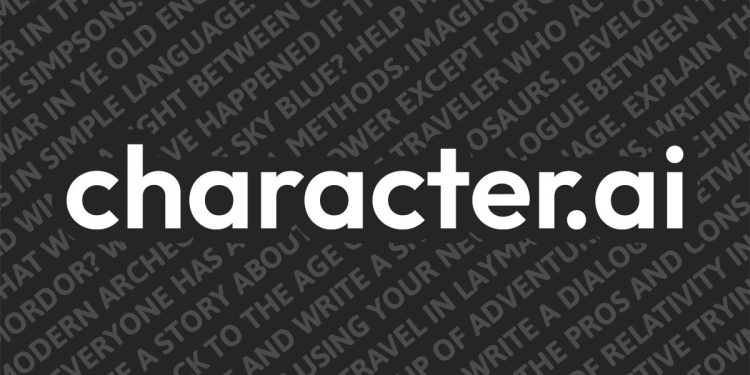If you miss the old Character AI, we have some good news for you. If you are an avid Character AI user and you miss the old interface, we will share with you how to get back to it in the rest of this article.
As you know, the world of the internet is changing every day, which is inevitable. Websites and platforms are constantly being updated and refreshed to improve the user experience.
These changes can sometimes be met with backlash. Character AI is, therefore, a case in point. For some users, the new interface has lost the convenience and user-friendliness of the old design. But here’s how to bring back the old version.
How to use old Character AI?
Returning to the old version of Character AI is not as difficult as you might think. With a small tweak to the website URL, you can use the layout from previous versions. How? By following these steps:
- First, open your browser
- Go to the Character AI website
- Check the address bar, and you will see a section in the URL that says /chat2

Some users prefer the old Character AI interface (Image credit) - Change the URL by deleting the number “2” from this section. The URL should now appear as /chat?
- After making sure of this, refresh the page
- That’s all you need to do. Now you can enjoy the old interface!
For users driven by nostalgia, preference, or the search for specific functionalities, the option to revert back to the old Character AI allows them to customize their interactions however they like.
Is there an alternative to Character AI?
Below, you can see the alternatives for Character AI:
- Risu AI: Risu AI is one of the advanced utilities for character creation and interaction. It uses complex machine learning algorithms to develop super-detailed, nuanced characters that fit any environment. Highly customizable opportunities to precisely fit characters to specific needs in a game, story, or company, great backgrounds, and personalities with unique qualities ensure that the interaction developed with them feels natural and immersive for users. Therefore, it can be perfectly used in developing charming video game characters or interactive storytelling environments, among other uses for training and virtual companionship.
- Sakura AI: Sakura AI falls into the category of emotionally responsive and highly interactive AI characters. It is driven by advanced emotion recognition and associated response systems, thus enabling interactions with real meaning and personal impact. Sakura AI creates dynamic and evolving stories based on the user’s interaction and can understand an enormous amount of cultural nuance, which is particularly relevant in the Asian context. This tool is only suitable for users who prefer a lot of narrative interaction and can also be integrated with a customer service system to handle questions with levels of emotional sensitivity. Sakura AI also supports empathic interaction in mental health and therapeutic settings.
- VRole: Allows users to import their custom 3D models into this platform as part of an application for a unique and hyper-personalized experience. This platform is set up to integrate user-created 3D models with high customization parameters into unique VRole characters. The realism of the interaction is made much better with good graphics and animations, and even game developers can find an ideal solution when they want to implement their characters in the interactive environment. It takes VR experiences even further by enabling interaction with 3D characters created specifically for all kinds of businesses to highlight their activities and virtual spokespeople.
Users’ longing for Character AI’s old interface is a natural reaction to changes in the digital world. This makes it imperative for platform developers to consider user feedback to make their new designs more user-friendly and better respond to users’ needs.
Featured image credit: Character AI





